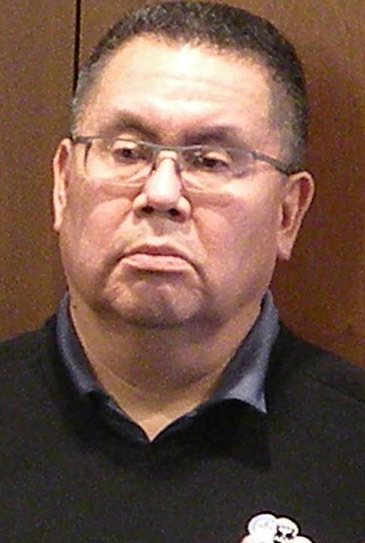With patients in urban areas having difficulty finding a family doctor, the situation in rural B.C. is going from bad to worse, MLAs on the province’s health committee were told Monday.
Ed Staples, a member of the B.C. Health Coalition, described his efforts to improve the situation in Princeton, a community of about 5,000 people that four years ago was down to one doctor providing on-call service.
Princeton now has four full-time doctors and two nurse practitioners, but there are still people who can’t find a doctor in the region, including Penticton an hour and a half away. A recent search of the College of Physicians and Surgeons website turned up the nearest doctor accepting patients in Courtney on Vancouver Island, Staples said.
Health Match BC, the province’s web portal for recruiting doctors, nurses and other health professionals, currently has more than 400 general practitioner vacancies, with 37 communities seeking 85 doctors. The result is “bidding wars” between communities to offer incentives to relocating doctors, and foreign doctors using a rural community as an entry point before relocating to the Lower Mainland, he said.
The B.C. government has announced its latest videoconferencing service for health care, linking psychiatrists with young people in Cranbrook. The service is available twice a month at the local Children and Family Development office, supplementing visits by specialists in communities such as Cranbrook and Princeton. Health Minister Terry Lake says video conferencing and electronic health records are a key part of the solution for reaching patients across B.C.
Doug Kelly, chair of the B.C. First Nations Health Council, told the committee of an Abbotsford doctor who travels to Carrier Sekani territory around Prince George for part of his practice, in a pilot project with Northern Health.
Kelly said video links and nurse practitioners are part of the solution to delivering rural and remote care, but the main obstacle is the business model for doctors that has them cycling through as many as 20 patients an hour to bill enough to cover their office overhead.
Committee members were also reminded that graduating doctors are increasingly reluctant to take on the demands of family practice, especially in smaller communities where they may find themselves on call around the clock.
